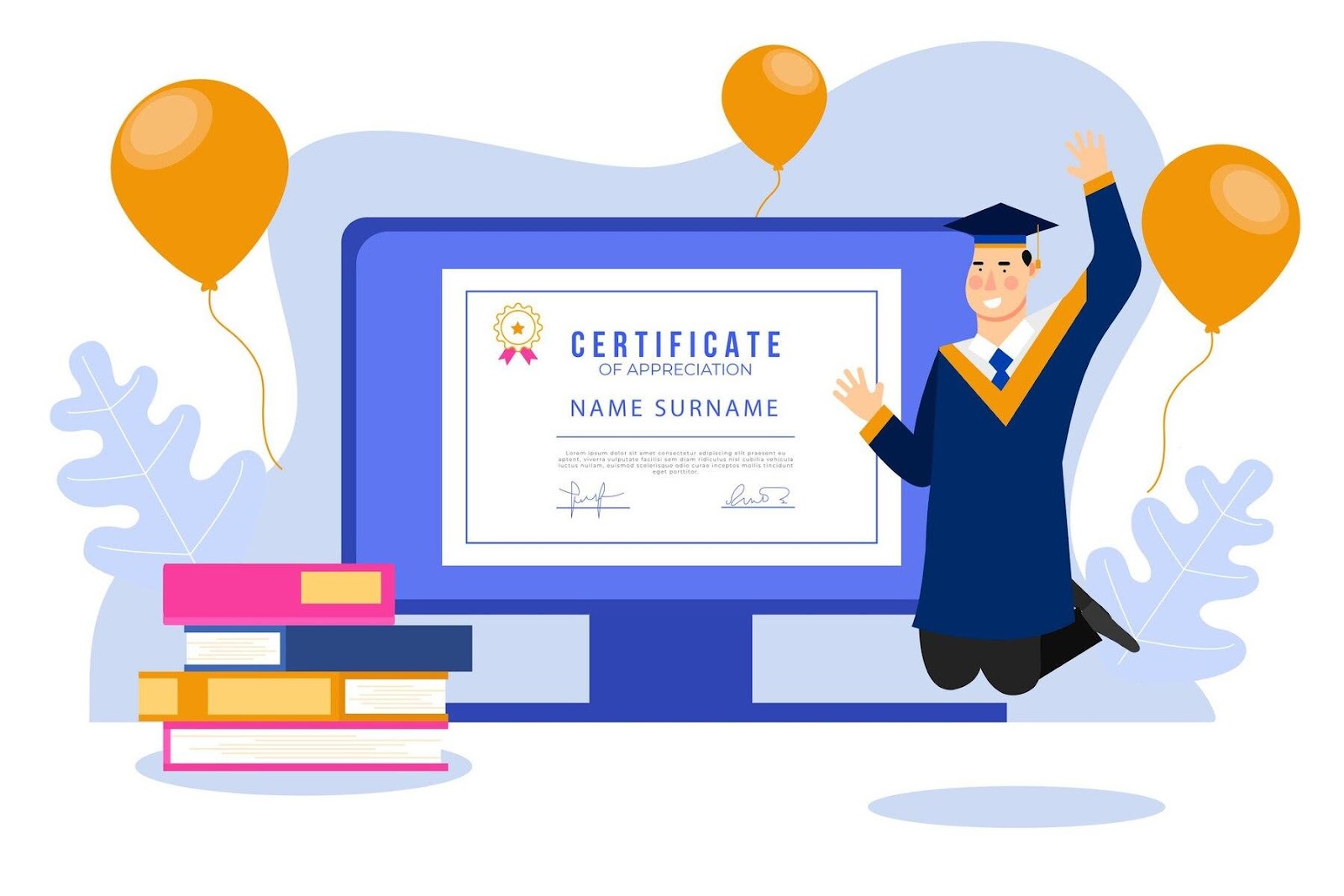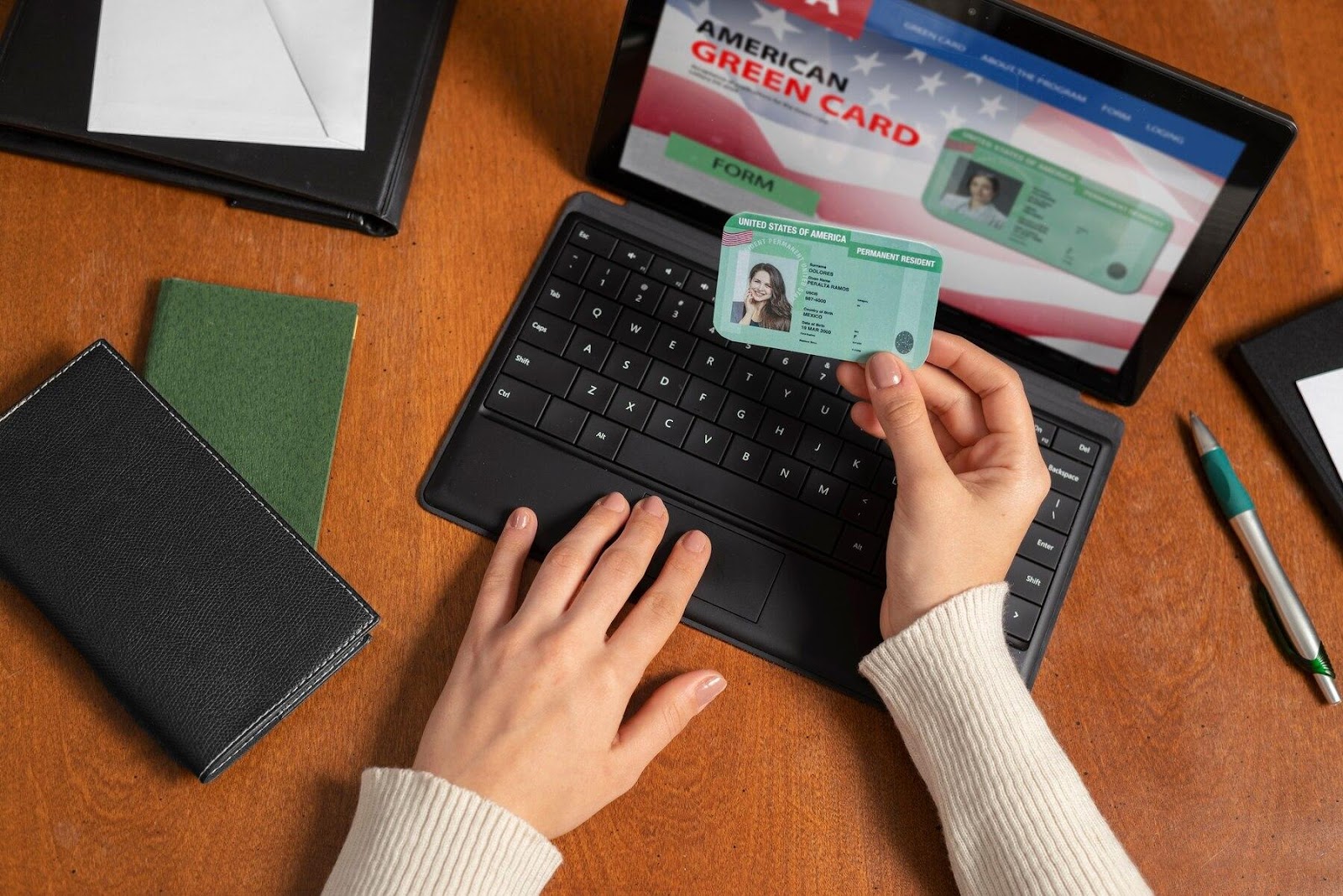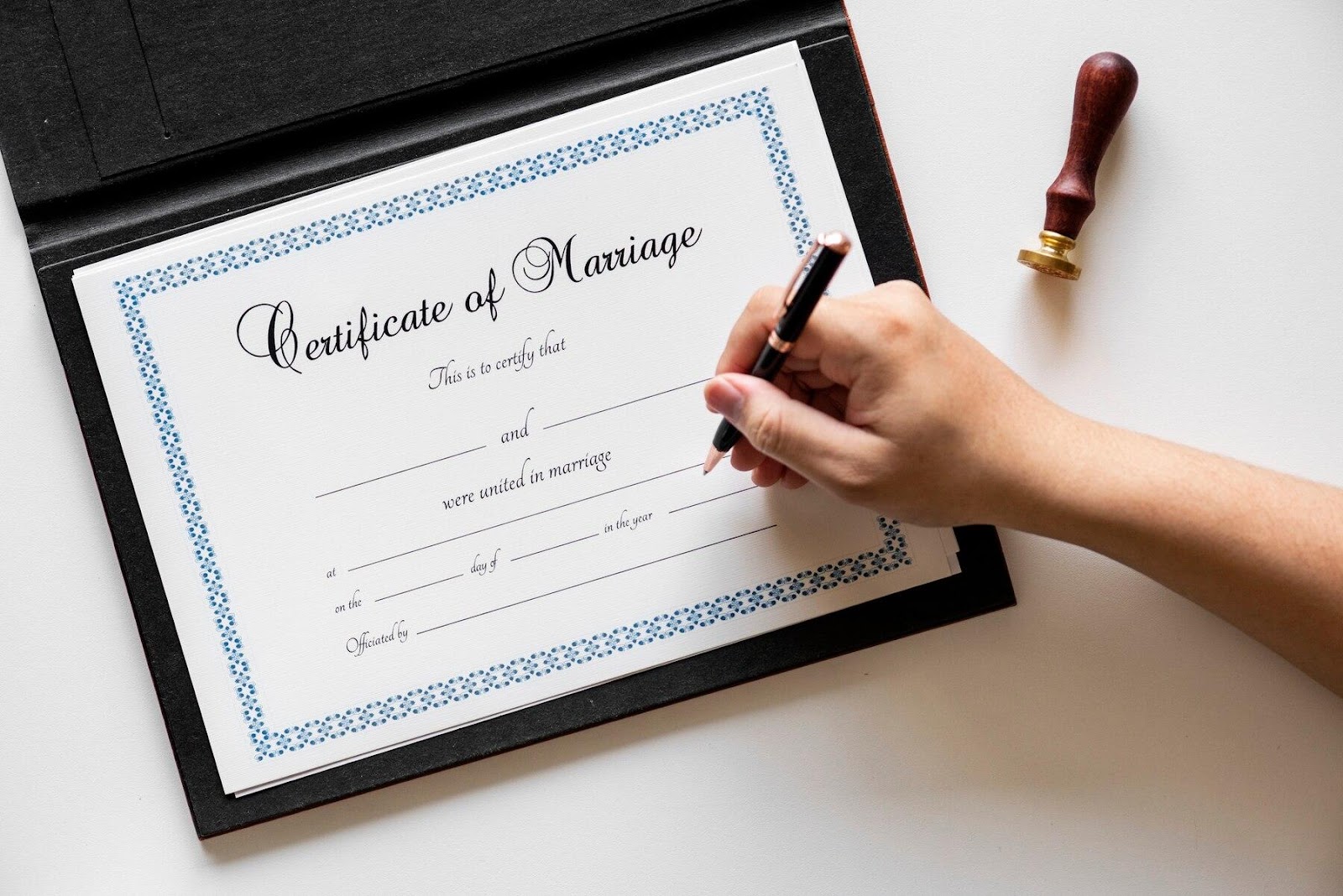In the modern world, where education is highly valued, fake documents are becoming an increasingly common problem. Forging certificates, diplomas, and transcripts is not only a legal but also a moral crime.
Diploma fraud and other educational document scams have become a global issue.
A fake diploma or certificate often provides false information about an employee's qualifications. Employers can lose money and time training incompetent staff, which leads to a decrease in the quality of services provided. Moreover, it creates a risk to health and safety, especially in medical or engineering professions.
Fake Certificates: How They Are Made and Recognized
Fraudsters typically use modern technologies, such as printing on high-quality paper and specialized software, to create fakes. Often, fake documents look almost like the real thing, making them difficult to identify.
There are various types of fake documents. For example, fake identity cards are often used to commit other crimes, such as identity theft. To recognize fake certificates, it is important to know some key points. Original documents usually have specific holograms, watermarks, and security features that are hard to counterfeit. Checking these details is the first step in identifying fraudsters.
Diploma Scams: How Not to Become a Victim
The fake diploma market thrives on people looking for "easy ways." Often, victims of such schemes find themselves in a situation where they pay money but end up with nothing. Even if they manage to obtain a fake document, it can lead to serious consequences, especially if the forgery becomes known to the employer or other organizations.
To avoid such scams, it is important to follow a few simple recommendations. First and foremost, be critical of offers that seem too good to be true. It is also worth paying attention to company reviews and checking the reputation of websites.

Fake Transcripts: The Scale of the Problem
Fake transcripts are becoming more common, especially among young people who strive to continue their educational path but lack the opportunity to enter an educational institution. Fake transcripts can be used for university admission, job applications, or even for obtaining loans.
However, using fake transcripts can have far-reaching consequences. If a graduate encounters verification, they risk losing the opportunity for further education and employment. Furthermore, it can lead to criminal charges for fraud.
There are several ways to verify the authenticity of diplomas and certificates.
- This can be done through official state registers of educational institutions.
- Employers can call educational institutions and request confirmation of the documents provided.
- There is specialized software and online services available to help verify the authenticity of documents.

Certificate Scams: How to Avoid Scammers' Traps
Certificate scams are also a common issue. Most often, they involve certificates related to additional education and courses. Scammers may offer a course without real training and, upon completion, issue certificates without testing students' knowledge.
Such schemes have a negative impact not only on individual students but also on the reputation of educational institutions. It is important to remember that a real certificate should only be issued after mandatory validation of knowledge and skills.
To avoid falling into such schemes, it is necessary to verify the accreditation of educational institutions and courses. Always clarify what knowledge and skills are acquired, as well as the value of the obtained certificate in the job market.

Fraudsters in Education: Ways to Protect Against Fraud
To protect yourself from fraud, you should follow several principles.
- Always check information about the educational institution. Familiarize yourself with reviews, reputation, and accreditation. The presence of a license and an authoritative status in the market are key points that confirm the legitimacy of an educational institution.
- Be attentive to the terms of service. If you are promised a diploma without any form of training or for too low a price, this should raise concerns. Most often, such offers conceal fraudulent schemes.
- Exercise caution when communicating with potential employers. If you are asked to provide documents without verification on the educational institution's website or other ambiguous actions, you should consider the legitimacy of the company.

Conclusion
The problem of fake certificates and diplomas is becoming increasingly relevant. Using counterfeits can have serious consequences, up to criminal prosecution. To avoid negative outcomes, employers should invest in qualification verification programs and conduct regular employee monitoring. This will not only help prevent the use of fake documents but also ensure greater safety for the company and clients. It is important to recognize the scale of this problem and take steps to protect oneself and others from fraud.
Knowing how to verify document authenticity and recognize fraudulent schemes will help avoid involvement in these dangerous scams. Ultimately, honesty and trust should remain core values in every field, including education.